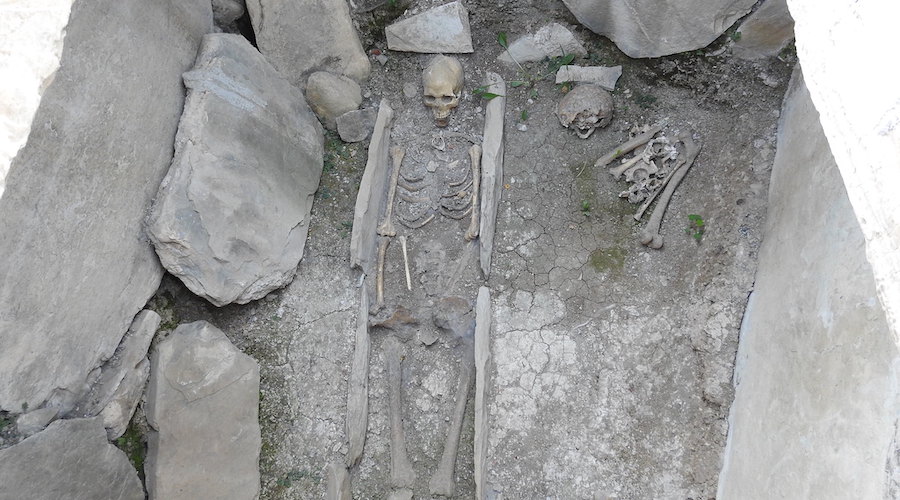
Lead extraction is believed to have begun several millennia ago. A big boost in lead production started 2,500 years ago with coin production, an uptick that reached its peak during the Roman Period before declining during the Middle Ages. Beginning 1,000 years ago, lead production was on the rise again, prompted by silver mining in Germany, then in the New World, and finally to meet the demands of the Industrial Revolution.
In a paper published in the journal Environmental Science and Technology, the research group directed by Yigal Erel from the Hebrew University of Jerusalem, explains that while increases in lead production rates are noted in environmental archives, such as glaciers and sediments from lakes, lead concentrations in human bones and teeth seldom told the outside story of worldwide lead generation rates, until now.
The level of lead pollution in people’s bones over time closely mimicked the rate of worldwide lead production
As part of their research, the scientists analyzed bone fragments from 130 people who lived in Rome, from as early as 12,000 years ago—well before the advent of metal production—until the 17th century. By looking into the elemental composition found in their bones, the researchers were able to compute the level of lead pollution over time, and showed that it closely mimicked the rate of global lead production.
“This documentation of lead pollution throughout human history indicates that, remarkably, much of the estimated dynamics in lead production is replicated in human exposure. Thus, lead pollution in humans has closely followed their rates of lead production,” Erel said in a media statement. “Simply put: the more lead we produce, the more people are likely to be absorbing it into their bodies. This has a highly toxic effect.”
According to Erel, these findings are cause for concern due to the ever-mounting demand for metals in the manufacturing of electronic devices.
“The close relationship between lead production rates and lead concentrations in humans in the past, suggests that without proper regulation we will continue to experience the damaging health impacts of toxic metals contamination,” Erel said.
The researcher warned that while those most directly affected by these dangers are people with the highest exposure to lead, namely miners and employees in recycling facilities, lead can be found throughout everyone’s daily lives in the form of batteries and the new generation of solar panels that deteriorate over time and release their toxicity into the air and the soil from which crops are grown.
“Any expanded use of metals should go hand in hand with industrial hygiene, ideally safe metal recycling and increased environmental and toxicological consideration in the selection of metals for industrial use,” Erel said.




